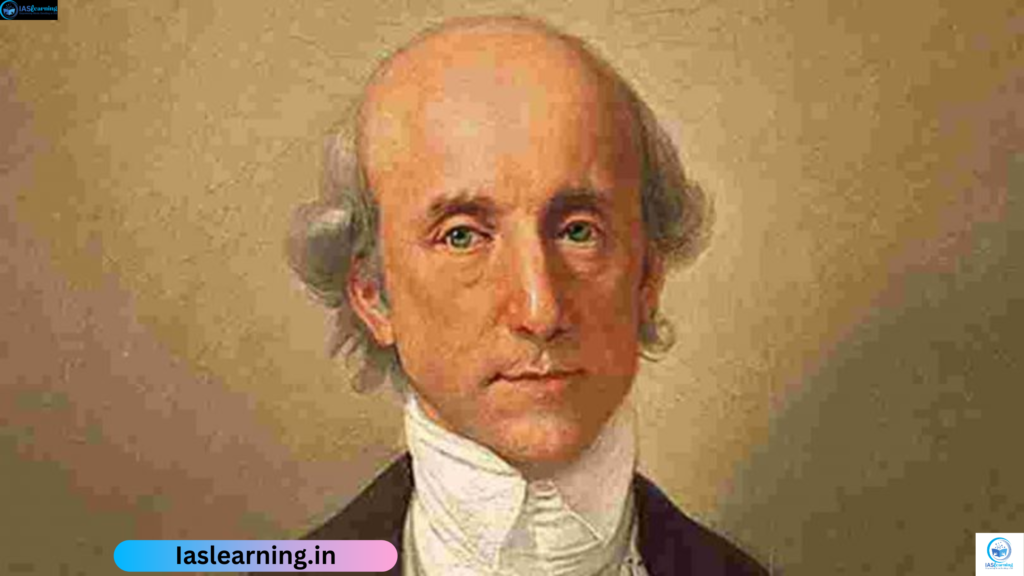In This Article We Going to learn some Important Governors-General & their participation and changes Done by them.
Governors-General Warren Hastings (1772-1785)

- Regulating Act, 1773, ended Bengal’s Dual Government.
- Bengal was divided into districts, and revenue authorities such as collectors were appointed.
- began the district-level Diwani and Faujdari Adalats as well as the appellate courts Sadar Diwani and Nizamat Adalats in Calcutta. He also reinterpreted Islamic and Hindu law.
- The Regulating Act of 1773 was enacted to provide the East India Company consolidated management.
- The Act of 1781 was passed, dividing the jurisdictional authority of the Supreme Court of Calcutta and the Governor-general-in-council.
- The Regulating Act of 1773 was amended by Pitt’s India Act of 1784. Dual rule over British colonies in India was the outcome of this measure.
- Rohilla War of 1774: Warren Hasting provided a brigade of East India Company soldiers to aid the nawab of Oudh (Ayodhya) in defeating the Rohillas.
- Between EIC and Sawai Madhav Rao/Nana Phadnis, the First Maratha War (1775–1782) and the Treaty of Salbai (1782) awarded the British ownership of Salsette and released Raghunath Rao on a pension.
- In the Second Mysore War (1780–1784) and the Treaty of Mangalore (1784), both sides committed to giving back the captives and the territory they had taken.
- Asiatic Society of Bengal Foundation: Sir William Jones established the society in 1784 with the goal of promoting Oriental studies. As its creator, Jones gave the opening speech in a well-known series of talks.
- wrote the preface for Charles Wilkins’s first English translation of “Gita.”
- Edmund Burke held Warren Hastings personally accountable for Bengal’s poor governance when he returned to England in 1785. This resulted in a seven-year impeachment trial in the House of Lords.
For more : What is the concept of Nation and State?
What is Constitutionalism And Consitutional Morality
Governors-General Lord Cornwallis (1786-1793)
- In 1793, he was the first to codify laws. This code separated between the administration of justice and revenue.
- The Cornwallis Code (1793) divided civil jurisdiction from revenue management and included a number of judicial changes.
- conceived of the district judge position.
- known as “the father of Indian civil service.”
- Administrative machinery is becoming more European.
- introduced police reforms to the Indian government, dividing each district into 400 square miles and assigning a police superintendent to oversee them with the help of constables.
- Landlords, or Zamindars, were acknowledged as the landowners when permanent settlement was introduced in Bengal (1793). They had the inherited right to inherit the lands that were under them. The land might be sold or transferred at the Zamindars’ discretion. The set sum was one-eleventh of the government’s earnings going to the Zamindar and ten-eleventh going to the government.
- The Treaty of Seringapatam, 1792, and the Third Mysore War (1790–1722) required Tipu to give up half of his empire to the English, comprising the regions of Malabar, Dindigul, Coorg, and Baramahal.
Governors-General Sir Jhon Shore (1793-1798)
- introduced the 1793 First Charter Act.
Governors-General Lord Wellesley (1798-1805)
- The Subsidiary Alliance System was introduced in 1798. As a result, an Indian monarch who wanted to form a Subsidiary Alliance with the British had to disband his army and allow British soldiers to occupy his land. He was also responsible for funding the upkeep of the British army. He would lose some of his area and give it over to the British if he didn’t make the payment. First alliance with Nizam of Hyderabad, in exchange for which the British would defend the Indian state against any external assault or internal uprising.
- During the Fourth Mysore War (1799), the British and the Nizam of Hyderabad split up Tipu’s lands. The Wodeyar dynasty, who had ruled Mysore before to Hyder Ali taking over as the de facto ruler, was given back control of the central region surrounding Seringapatam and Mysore. After Mysore and the British formed a subsidiary alliance, a British resident was assigned to the Mysore Court.
- Second Maratha War, 1803-05, saw the British defeat all Maratha armies in various engagements, leading to the signing of several treaties.
- Baji Rao II, the Maratha Peshwa of Poona (now Pune), India, and the British signed the Treaty of Bassein in 1802. That was a pivotal moment in the dissolution of the Maratha confederacy. The agreement directly contributed to the annexation of the peshwa’s western Indian domains by the East India Company in 1818.
- During his term, the Madras Presidency was established.
For more : Ahmedabad Mill Strike: First Hunger Strike,1918
Governors-General Lord Minto-I (1807-1813)
- signed the Amritsar Treaty alongside Ranjit Singh (1809).
- In 1813, the Charter Act was passed.
Governors-General Lord Hastings (1813–1823)
- accepted the interventionist and military strategy.
- took part in the Third Anglo-Maratha War (1817–18) and the Anglo-Nepalese War (1813–23).
- following the Third Maratha War, forced humiliating treaties upon Peshwa or Scindia.
- introduced Thomas Munro to the Ryotwari community in Madras.
- renowned for inhibiting Pindaris.
